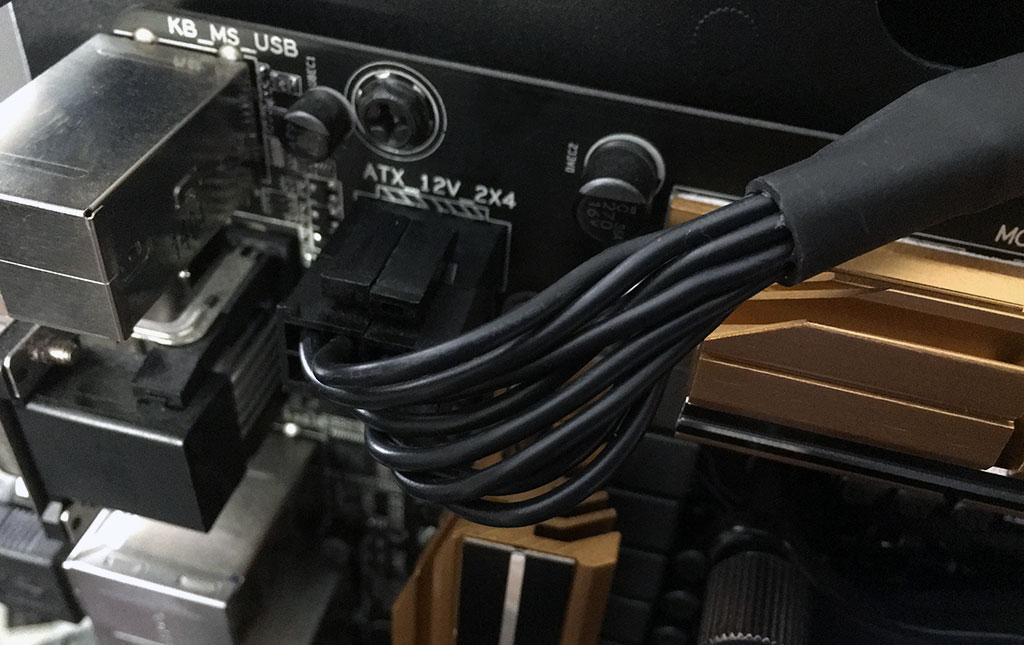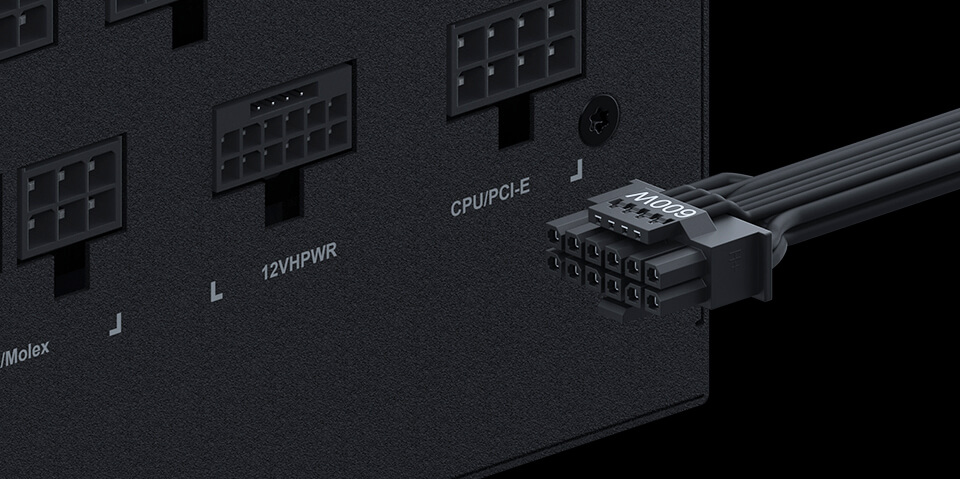Intel releases the ATX 3.0 power supply spec
Hold off on buying that new PSU if you can.

Update: We've since received confirmation that Gigabyte's UD1000GM PG5 PSU does, in fact, support the full ATX 3.0 specification, as per its specifications page.
Original story: Intel has published the final ATX 3.0 power supply specification, and it’s the biggest PSU spec change in almost 20 years. PC hardware has changed a lot since then, particularly the power requirements of GPUs. ATX 3.0 PSUs will come to market throughout 2022.
The new standard formally introduces PCIe 5.0 graphics card support with a new 12-pin 12VHPWR connector that can deliver up to 600W. We’ve seen Nvidia release Founders Edition cards with 12-pin connectors, but they aren’t the same as an official PCIe 5.0 connector which include four additional sideband signals. The new connector is set to debut with Nvidia RTX-40 and AMD RDNA 3 cards.
The fact that cards can receive up to 600W from a single connector doesn't bode well for future GPU power requirements. It adds weight to some rather silly power consumption rumours doing the rounds on the internet. Some cards may require two connectors!
If nothing else it will appeal to fans of clean builds. Getting rid of several 8-pin power connectors in favour of a single 12-pin connector will certainly make it easier to manage your cables.
Best CPU for gaming: Top chips from Intel and AMD
Best gaming motherboard: The right boards
Best graphics card: Your perfect pixel-pusher awaits Best SSD for gaming: Get into the game first
Those extra signalling pins mean that it's not clear if next gen GPUs can receive the full 600W from current power supplies via 8-pin to 12-pin adapters. Three 8-pin connectors will deliver 450W plus another 75W from the slot for a total of 525W. With that in mind, it’s advisable to hold off on purchasing a high-end PSU for now. What’s the alternative? A four 8-pin to a 12-pin adapter? That's a bit over the top.
We previously wrote about Gigabyte’s UD1000GM power supply. It includes a 12-pin connector with the extra four signalling pins, but we note that it supports ATX 2.31 only. We can expect clarification on 8-pin to 12-pin support as we get closer to the launch of PCIe 5.0 cards.
Keep up to date with the most important stories and the best deals, as picked by the PC Gamer team.

In addition to PCIe 5.0 support, there's the new ATX12VO 2.0 spec which introduces some other features aimed at providing better reliability. It brings some welcome changes to low load efficiency, which is a weakness of even the most efficient of today’s PSUs. Low load efficiency improvements are designed to help the PC industry meet ever stricter governmental energy regulations. Efficiency above 60% is required for 10W or 2% of maximum capacity, while above 70% is recommended.
ATX 3.0 PSUs will introduce a second certification standard by Cybernetics alongside the existing 80 Plus ratings. Cybernetics certifications aren’t just for efficiency. There’s also a noise level certification and a related chassis soundproofing certification that will definitely assist users that want a quiet build.
MSI has already launched its the Creator P100A and the MPG Trident AS ATX12VO systems. Both come with an ATX12VO 2.0 compliant PSU.
Considering these new changes, buying a high-end power supply makes no sense right now unless you're not planning to upgrade for some time to come. If you want to upgrade to a Zen 4 or 13th Gen system with an RTX-40 or RDNA 3 GPU, holding off for now would be a good call.

Chris' gaming experiences go back to the mid-nineties when he conned his parents into buying an 'educational PC' that was conveniently overpowered to play Doom and Tie Fighter. He developed a love of extreme overclocking that destroyed his savings despite the cheaper hardware on offer via his job at a PC store. To afford more LN2 he began moonlighting as a reviewer for VR-Zone before jumping the fence to work for MSI Australia. Since then, he's gone back to journalism, enthusiastically reviewing the latest and greatest components for PC & Tech Authority, PC Powerplay and currently Australian Personal Computer magazine and PC Gamer. Chris still puts far too many hours into Borderlands 3, always striving to become a more efficient killer.


